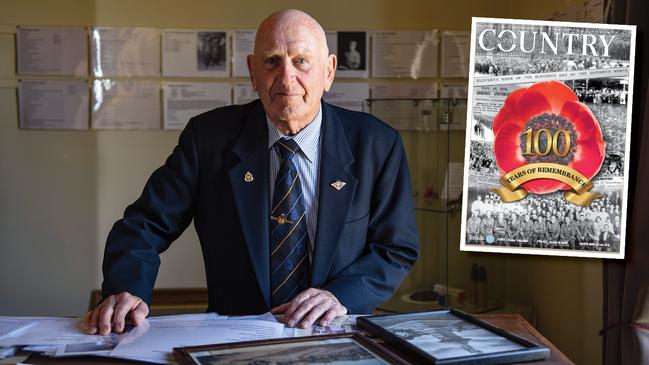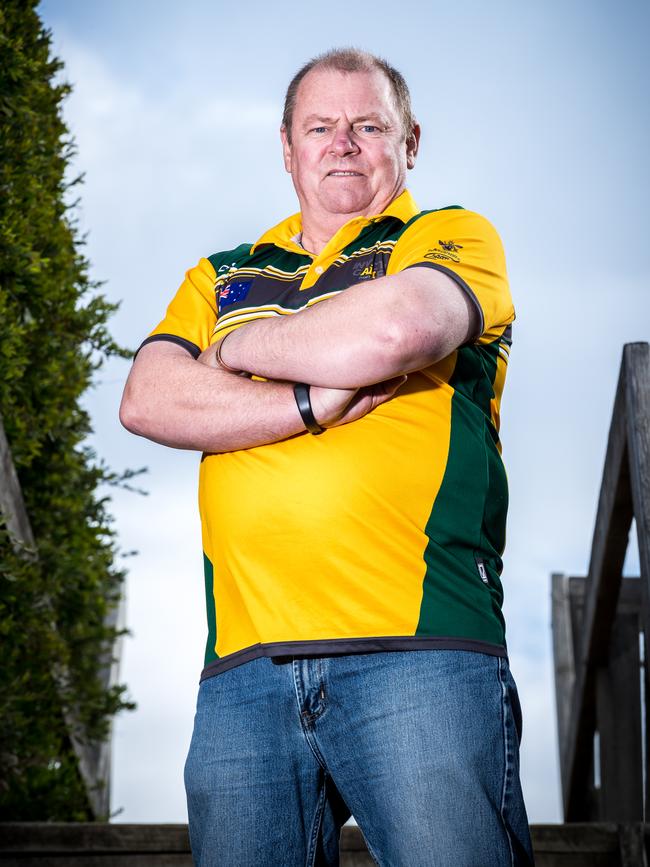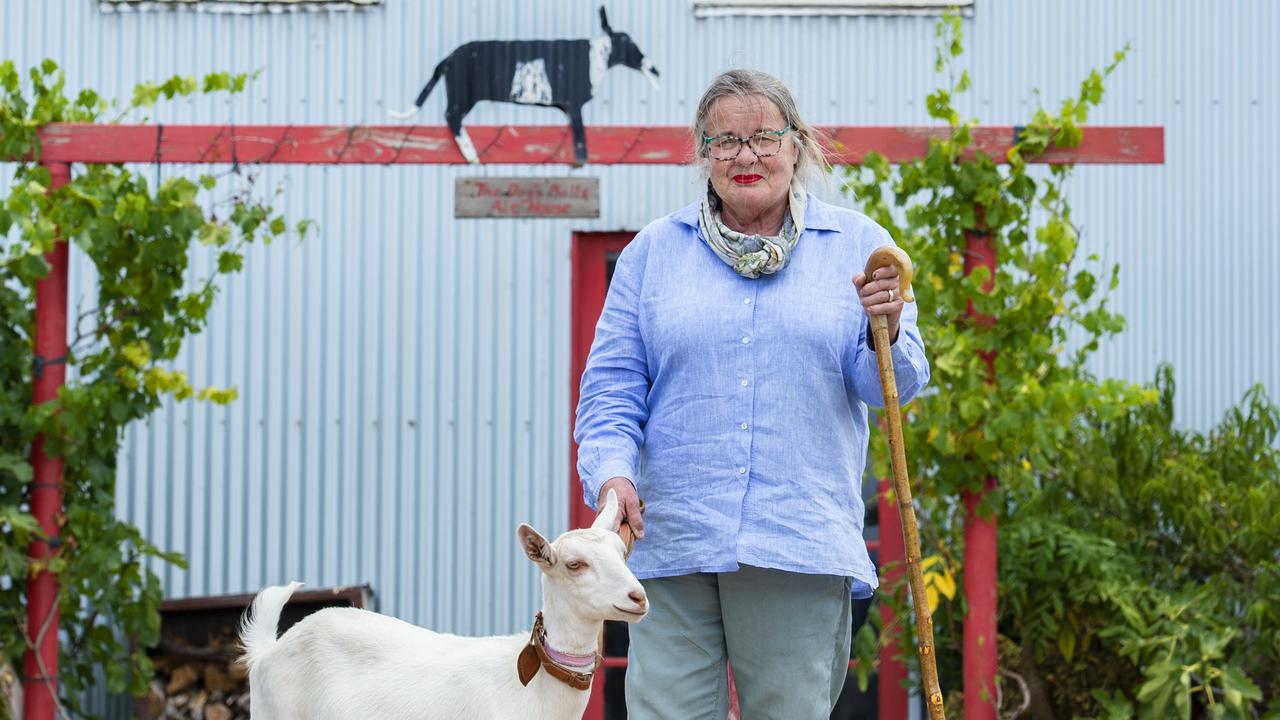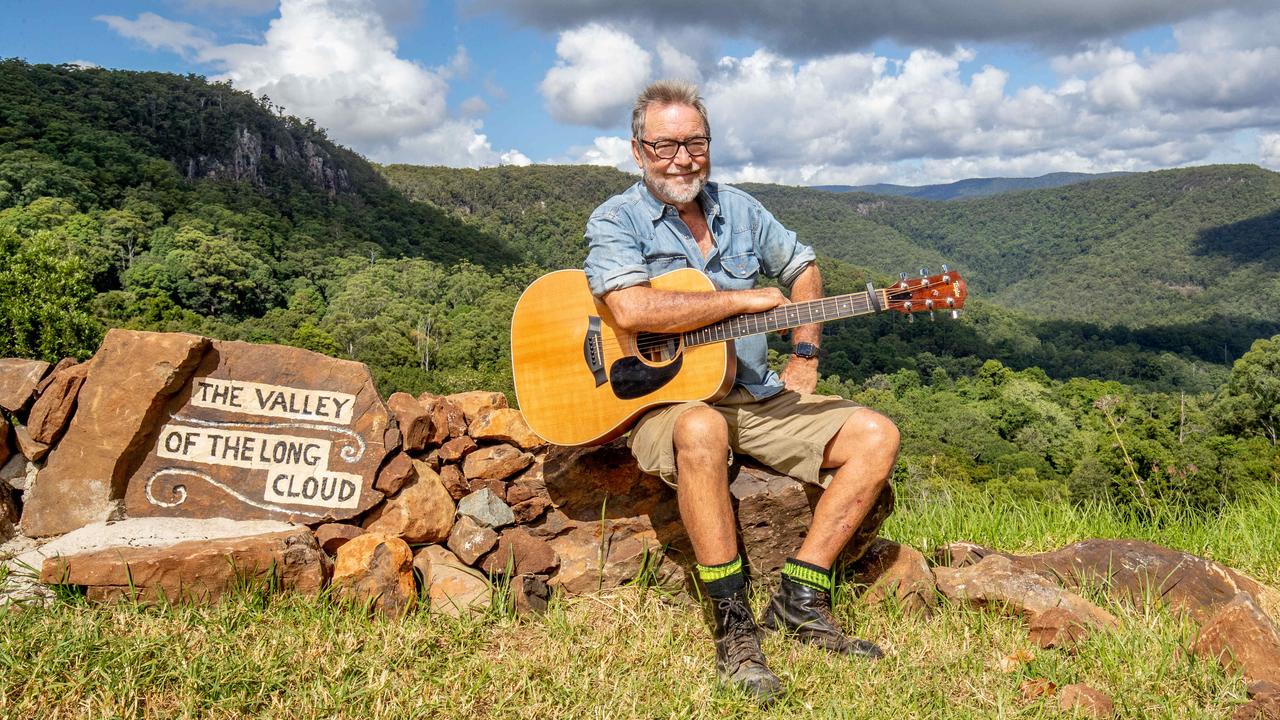Remembrance Day 2019: 100 years on from first Armistice Day
A century on from the first Armistice Day, we look back on past Remembrance Days and asked veterans from across Victoria what the day means for them.
AT 11AM on November 11, 1919, the world paused to remember the bloodshed of World War I.
A century on from the first Armistice Day, we look back on past Remembrance Days and asked veterans from across Victoria what the day means for them.
WORLD WAR I
“Tuesday next, November 11, is the first anniversary of the Armistice which stayed the world-wide carnage of the four preceding years, and marked the victory of right and freedom. I believe that my people in every part of the Empire fervently wish to perpetuate the memory of that great deliverance and of those who laid down their lives to achieve it. To afford an opportunity for the universal expression of this feeling, it is my desire and hope that at the hour when the Armistice came into force — the eleventh hour of the eleventh day of the eleventh month — there may be for the brief space of two minutes a complete suspension of all our normal activities … so that in perfect stillness the thought of everyone may be concentrated on reverent remembrance of the glorious dead.”
— Message from King George V, which appeared in The Weekly Times, November 15, 1919
THE Stawell RSL is believed to be the oldest sub-branch in country Victoria, formed in 1916 amid World War I.
Stawell RSL president Graeme Cox, who served in the Navy during the Vietnam War, says even though it is 100 years old, Remembrance Day is about remembering not only those who died, but all those who served.
“It’s been written quite a few times that the way the servicemen acted in Gallipoli and France and Belgium and all those places was Australia’s coming of age … as someone who would back you up,” he says.
“We, four years ago, put in an Avenue of Honour and there is 157 memorials there along the road, that’s how many never came back to Stawell itself.
“Then again, we’ve been talking about the ones who didn't come back from the Second World War and the ones who didn't come back from Vietnam, and the ones who come back and killed themselves. It is remembering everyone that did service.”
It has been 10 years since the last surviving Australian veteran of World War I, Victorian John Campbell Ross, died.

WORLD WAR II
It was as though a little breeze carried memories light as thistledown back along the lane of the years, dwelling on this recollection and that tender little incident … what a splendid thing is Armistice Day, providing as it does a little oasis of quiet thought in busy lives – thought of the past, and opportunity to remember!
— The Weekly Times, November 16, 1929
“We who honour the memory of those who died can best express homage by striving for ensuing peace.”
— Victorian Premier Albert Dunstan, quoted in The Weekly Times, November 19, 1938. By the following year, World War II had begun
AS A farmer at Glenburn, near Yea, and member of the Volunteer Defence Corps, Con Hildebrand was ready to be on the front line during World War II in the event Australia was invaded.
Con, now 94 years of age, recalls going to training every Sunday night, and being sent “wherever we were needed” locally.
“It’s a sad day, but also honouring our fallen people. We always celebrate it – is that the word? – and I am not too happy about what is going on now … I think there is a lot of turmoil in the world,” he says.
“I hope the powers that be will resolve their differences, but I doubt it.”
Con is part of the Yea-Kinglake RSL sub-branch, which recently recognised the 75 years of service by another of its World War II veterans, 97-year-old Don McLeish. The Yea RSL was formed in 1919, so it is also celebrating its centenary this year.
VIETNAM
“November 11, the Armistice Day of the first war, is again to be Remembrance Day for the two world wars … November 11 was dropped in 1946 in favour of a Sunday as National Remembrance, Thanksgiving and Dedication Day.”
— Report in The Weekly Times, October 25, 1950
ANGLESEA RSL vice-president Ian Drummond was out collecting donations for poppies when he stopped to have a chat about what Remembrance Day means for him.
Ian, 73, is also a Vietnam veteran and says they were treated “very poorly by the public and politicians at that time”.
He says he had a breakdown in his 50s which turned out to be PTSD. He moved to Anglesea and got help and counselling through the Vietnam Veterans Association, which was also when he joined the RSL.
“The day means a lot to me because there was quite a lot of boys my age who didn’t make it back, and also my father was a World War II vet and he’s passed away,” he says.
“So usually when I march … I wear my own medals on one side and my father’s, in memory, on the other. It is a very emotional time for me.
“I enjoy selling the poppies, but it is a little bit hard when people start asking me questions a lot about the war itself.”
AFGHANISTAN & MIDDLE EAST
“It’s to remind us of the fact that there are no winners, are there? Some lose more than others, that’s about what it boils down to … It’s good to have the young ones involved and to teach them a little bit about what is going on, more than I ever knew.”
— World War II veteran Kel Jeffery on Anzac Day and Remembrance Day, The Weekly Times, November 7, 2018
STEPHEN Hayes, Woorinen RSL’s president, was in the air force for nearly 28 years before he medically retired and came home in 2015.
He represented Australia in archery at last year’s Invictus Games in Sydney. He suffers from PTSD, which was compounded by a car crash and cancer battle, and spoke about the impact of PTSD on veterans.

He admitted he probably wouldn’t be here if he hadn’t taken part in the games, such was its impact on his physical and mental wellbeing.
He said Remembrance Day was “a good day, because you do reflect on the people who have gone before you”.
“It is like the Vietnam veterans’ motto: ‘Respect the dead and fight like hell for the living’. That is the attitude I take into Remembrance Day,” Stephen says.
“I remember the guys from Iraq, Afghanistan, Korea, Vietnam as well. For me it is a day for everyone.”
Mother of three Kellie Dadds also returned home to Bendigo last year after she was medically discharged after 22 years in the army.
She served throughout Australia and was also deployed overseas eight times, including Iraq and Afghanistan.
She is trying to change people’s assumption of what a veteran looks like with her “By the Left” campaign.
“I think it is important for people to realise that veterans come in all shapes and sizes these days,” she says, pointed to the proportion of the modern defence force that is female.
“And so, if you see someone wearing the medals on the left, just go up and shake their hand and say thanks for your service — that’s all you’ve got to do.”
And for her, Remembrance Day is the “most important of days”.
“It doesn’t just recognise Australia’s contribution, it’s where the world pauses for one minute to honour those who have their lives, including civilians.”


